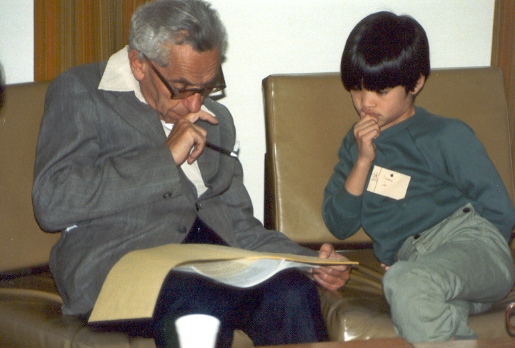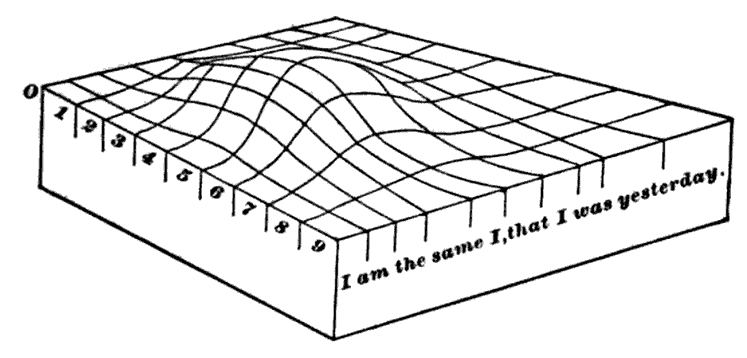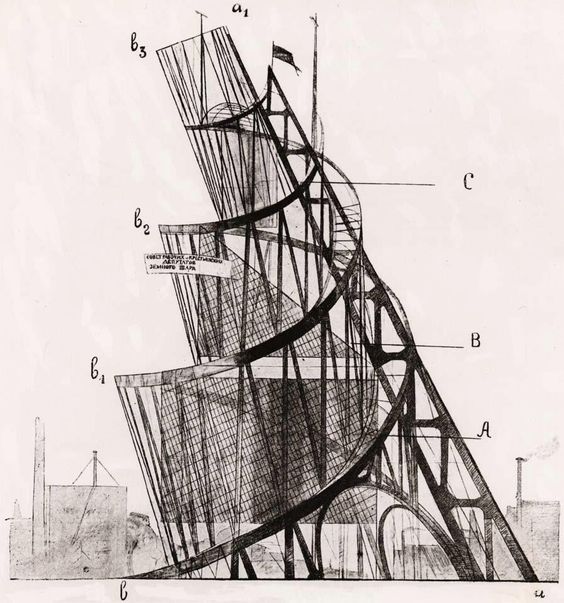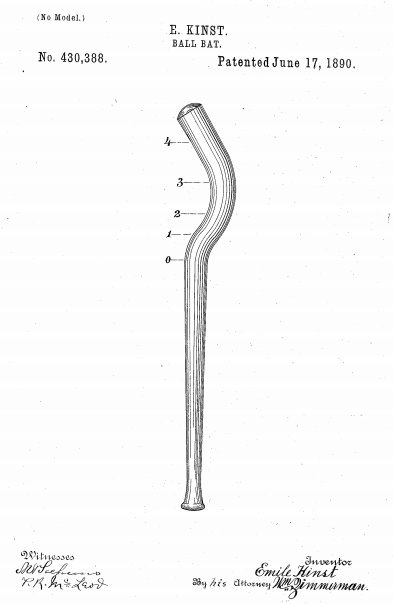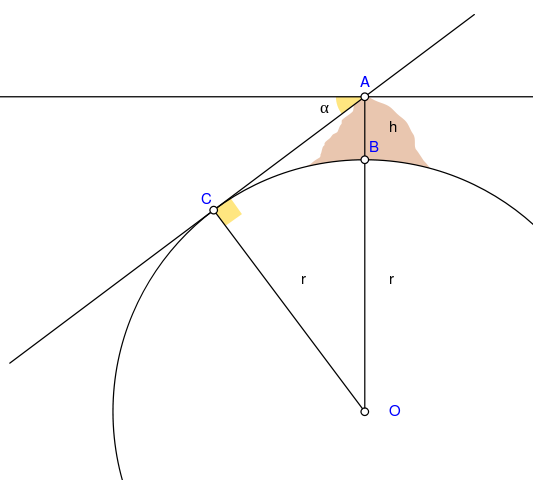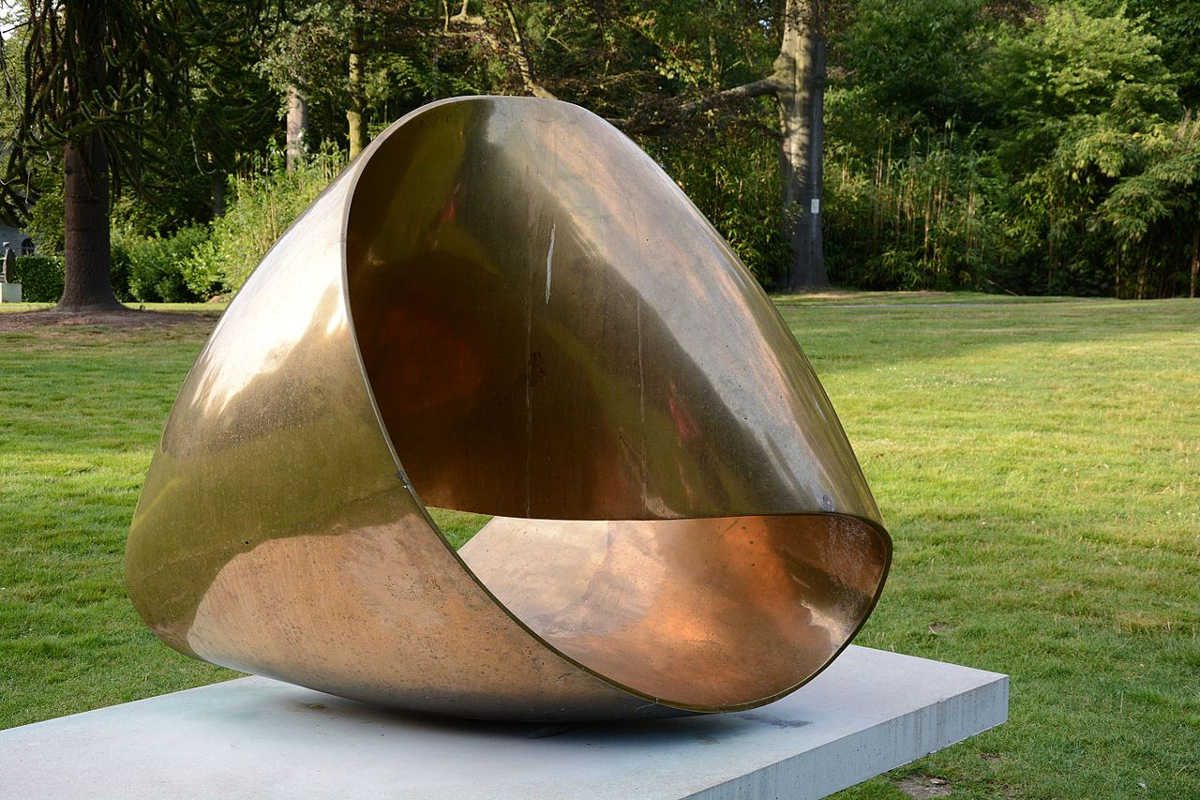
Swiss artist Max Bill conceived the Möbius strip independently of August Möbius, who discovered it in 1858. Bill called his figure Eindeloze Kronkel (“Endless Ribbon”), after the symbol of infinity, ∞, and began to exhibit it in various sculptures in the 1930s. He recalled in a 1972 interview:
I was fascinated by a new discovery of mine, a loop with only one edge and one surface. I soon had a chance to make use of it myself. In the winter of 1935-36, I was assembling the Swiss contribution to the Milan Triennale, and there was able to set up three sculptures to characterize and accentuate the individuality of the three sections of the exhibit. One of these was the Endless Ribbon, which I thought I had invented myself. It was not long before someone congratulated me on my fresh and original reinterpretation of the Egyptian symbol of infinity and of the Möbius ribbon.
He pursued mathematical inspirations actively in his later work. He wrote, “The mystery enveloping all mathematical problems … [including] space that can stagger us by beginning on one side and ending in a completely changed aspect on the other, which somehow manages to remain that selfsame side … can yet be fraught with the greatest moment.”


